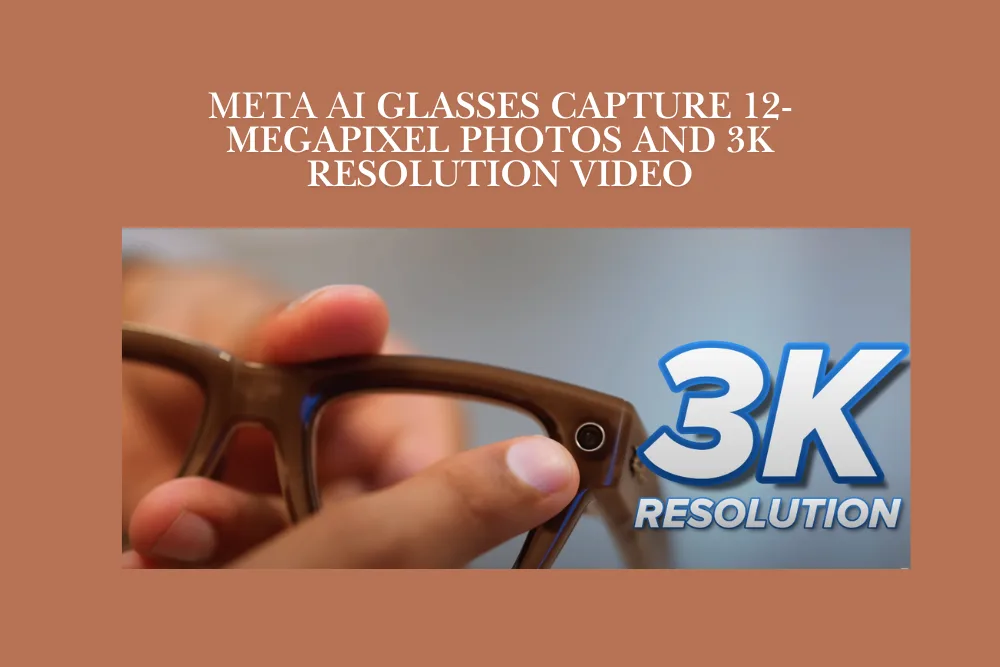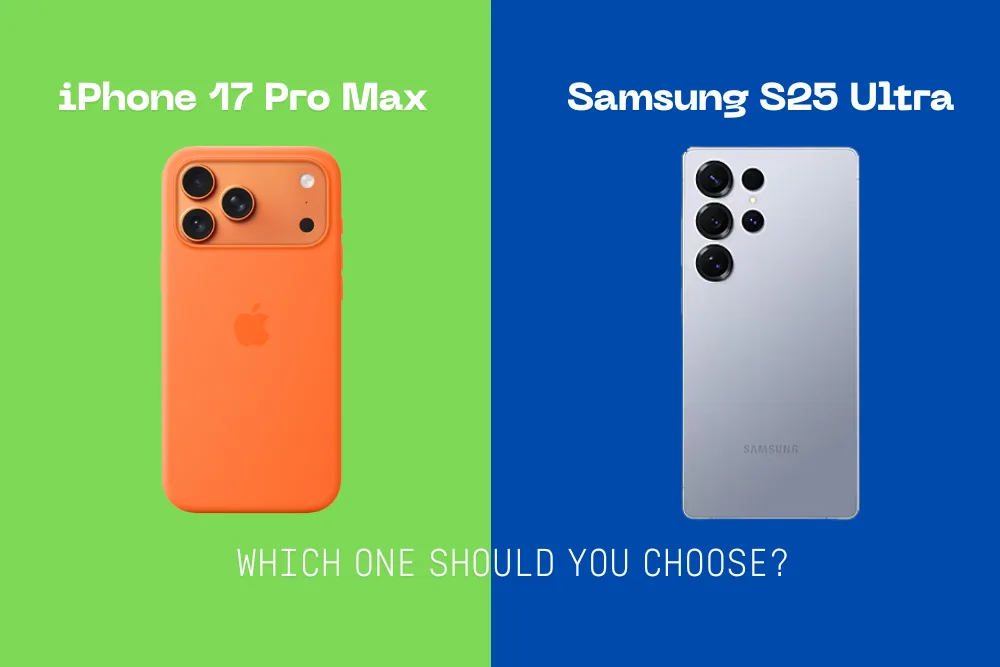Now Reading: Meta Smart Glasses: Next-Gen Smart Wearables
-
01
Meta Smart Glasses: Next-Gen Smart Wearables
Meta Smart Glasses: Next-Gen Smart Wearables
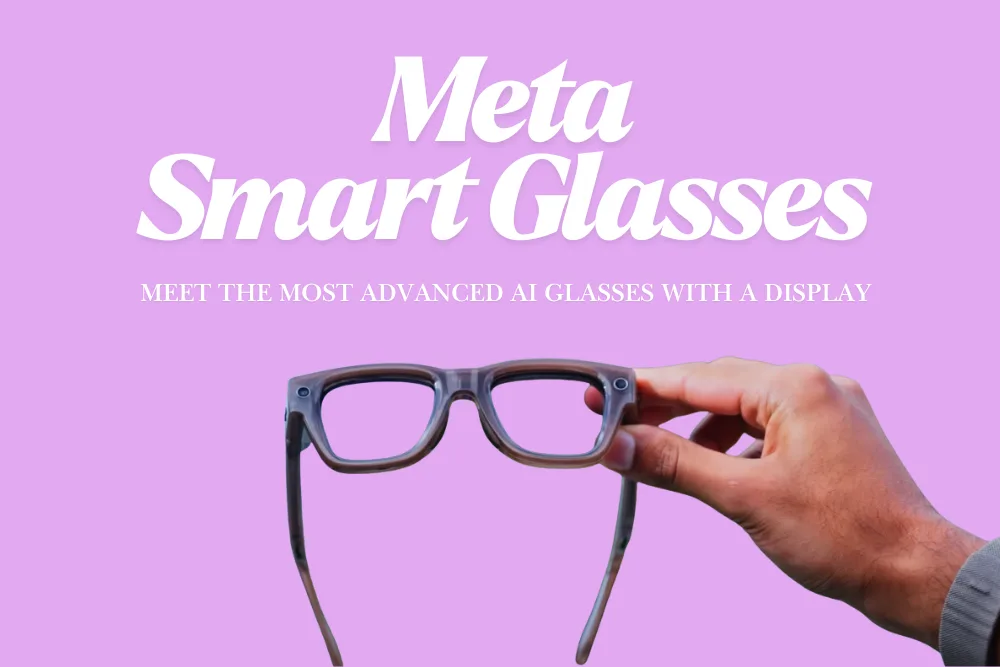
Smart glasses have long been a futuristic idea, often confined to science fiction or bulky prototypes. Meta has changed that narrative by unveiling its new generation of AI-powered eyewear. These glasses combine classic RayBan design with advanced features such as a built-in display, voice assistance, gesture control, and real-time translation. They are not just gadgets for tech enthusiasts; they represent an evolution in how we interact with technology in daily life.
The Rise of Meta’s Smart Glasses
When Meta first released smart glasses capable of capturing photos and videos, the product became an unexpected success. Millions of people adopted them, showing that wearable technology could be both practical and stylish. Building on this momentum, Meta has introduced three new versions, including the flagship Meta RayBan Display.
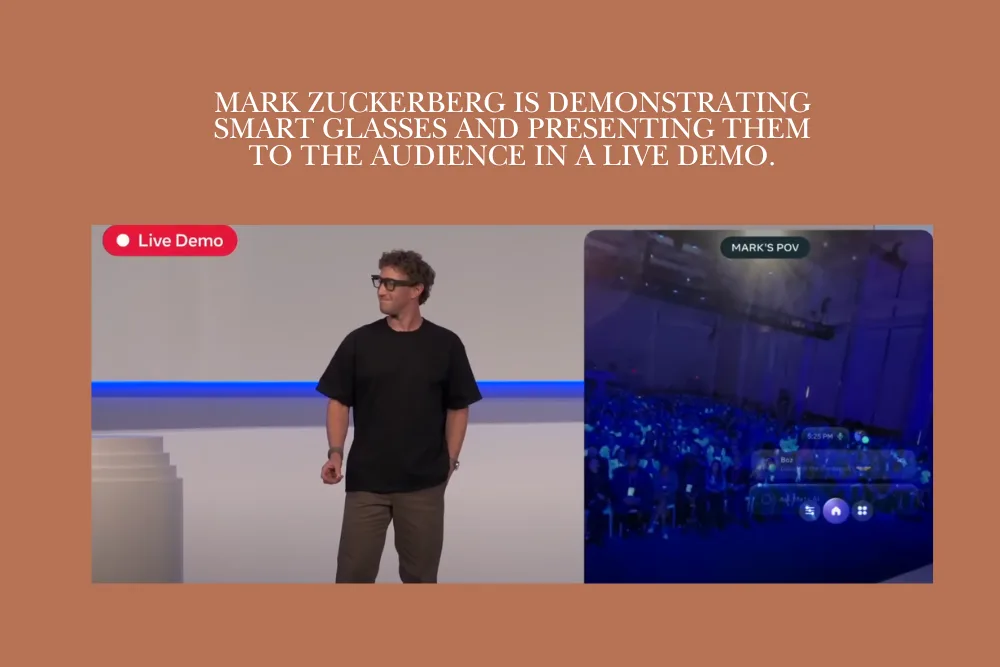
Unlike virtual reality headsets that immerse users in a digital environment, these glasses aim for seamless integration into daily routines. Whether reading messages, getting directions, or listening to music, they are designed to enhance rather than replace real-world interactions.
The Meta RayBan Display: A Breakthrough in Wearable Tech
The Meta RayBan Display is the centerpiece of Meta’s latest release. At first glance, it looks like a standard pair of RayBans, but hidden within the frame is a transparent digital display. Positioned slightly to the side of one eye, the display allows users to watch videos, read text messages, or view maps without blocking their vision. It vanishes when not in use, keeping the experience distraction-free.
Key highlights include:
-
Neural wristband control: Instead of relying on touchscreens or buttons, the Meta Neural Band reads tiny muscle signals from the wrist. Subtle hand movements can adjust volume, navigate menus, or even type silently.
-
High-quality audio and microphones: Equipped with dual speakers and multiple microphones, the glasses deliver clear sound and precise voice dictation.
-
Comfort and portability: At 69 grams, the glasses are lightweight and designed for extended wear. The storage case doubles as a premium charging dock that folds flat for portability.
Also learn more about whoop fitness band
Everyday Applications of AI-Powered Glasses
Meta’s smart glasses are built for practicality. Here are some real-world scenarios where they shine:
Messaging and Communication
Users can read and respond to messages hands-free. Options include dictating responses, sending voice notes, or even writing letters on a surface using finger gestures.
Photography and Video
The glasses capture 12-megapixel photos and 3K resolution video, offering a convenient alternative to smartphones for spontaneous moments.
Real-Time Subtitles and Translation
The glasses provide captions for conversations, isolating voices with impressive clarity. They can also translate speech into different languages, offering instant subtitles. It is a potential game-changer for travelers and multilingual interactions.
Navigation and Maps
Built-in mapping shows directional arrows that move with your head, creating a natural, glanceable guide.
Music and Media
With Spotify integration and high-quality audio, the glasses double as personal music players, though volume privacy remains a consideration.
The Role of Artificial Intelligence
Meta has emphasized that its glasses are more than just accessories, they are AI era companions. The built-in assistant can answer questions, follow up with context, and provide recipes, reminders, or directions. Unlike a smartphone that must be pulled from a pocket, the assistant is always available at a glance or a voice command.
Over time, the AI could evolve into a digital memory aid, remembering where objects were placed or providing contextual support during tasks. This concept brings Meta closer to its long-term vision of wearable superintelligence.
Competition and Market Position
The smart glasses are positioned as a stepping stone between today’s audio-focused wearables and future augmented reality systems. By launching ahead of rivals, Meta aims to establish itself as the brand most associated with consumer-ready smart glasses.
While Apple and other competitors are developing similar products, Meta’s strategy is to normalize the technology now. Although the app ecosystem is limited and some features rely on smartphone connectivity, the foundation is strong enough to build upon.
Limitations and Challenges
Despite the excitement, Meta’s smart glasses face some hurdles:
-
Price point: At $799, the flagship model may be too expensive for mainstream adoption.
-
App ecosystem: Without a dedicated app store, users are currently limited to Meta’s own ecosystem.
-
Privacy concerns: The presence of cameras and microphones may raise questions in public spaces.
Still, these limitations are typical of first-generation technology. As with smartphones and smartwatches, improvements in performance, affordability, and third-party support are expected in future iterations.
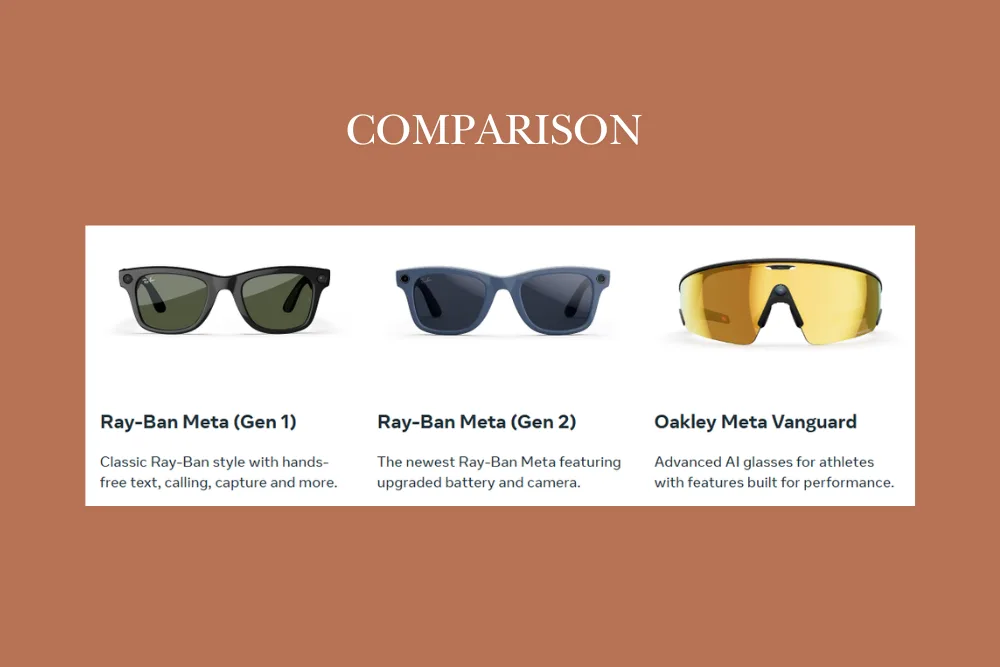
If you want, just compare the features of AI glasses
Bottom Line
Meta’s smart glasses represent an important milestone in wearable technology. While not yet a full replacement for smartphones, they demonstrate the possibilities of hands-free, always-available digital assistance.
The journey of smart glasses is just beginning, and Meta has positioned itself as a leader in shaping this future. These glasses hint at a world where technology is less about screens in our hands and more about information that naturally flows into our daily experience.
Frequently Asked Questions
What makes Meta’s smart glasses different from earlier versions?
The latest models include a transparent digital display, advanced neural wristband control, and AI-powered features like real-time translation and captions.
How do the Meta Neural Band controls work?
The wristband detects tiny electrical signals from wrist muscles, allowing users to control the glasses with subtle hand movements.
Can Meta’s smart glasses replace smartphones?
Not yet. Many features still depend on smartphone connectivity, but they point toward a future where smart glasses may replace phones.
Are the glasses comfortable for long-term use?
Yes, at only 69 grams, they are lightweight and designed for extended wear with minimal strain.
What is the battery life of the Meta Neural Band?
The wristband lasts up to 18 hours on a single charge and is water-resistant.
You may also love to hear about Japan internet speed breaks world record
Dony Garvasis is the founder of Search Ethics, a platform dedicated to transparency, authenticity, and ethical digital practices. With over six years of experience in SEO and digital marketing, I provide expert content on automobiles, technology, gadgets, and online strategies. My mission is simple: Ethical Search, Genuine Results—ensuring users worldwide receive credible, useful, and up-to-date content.


